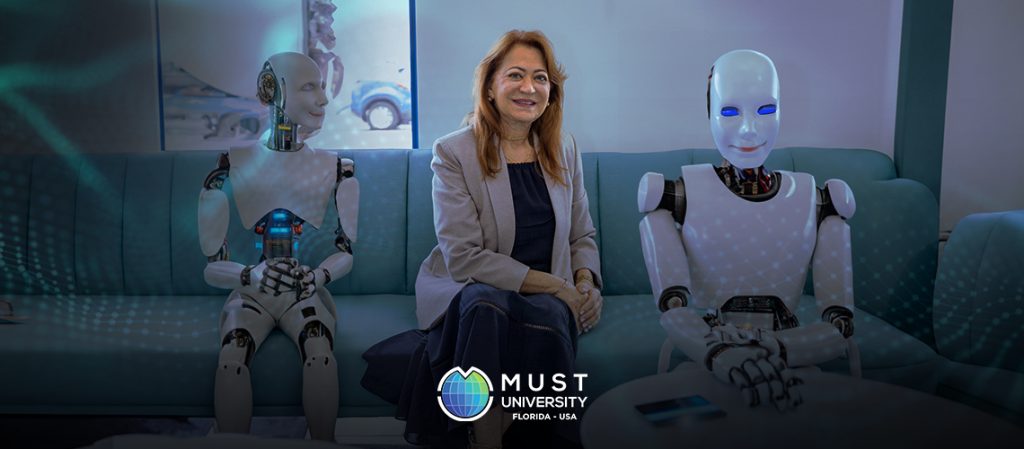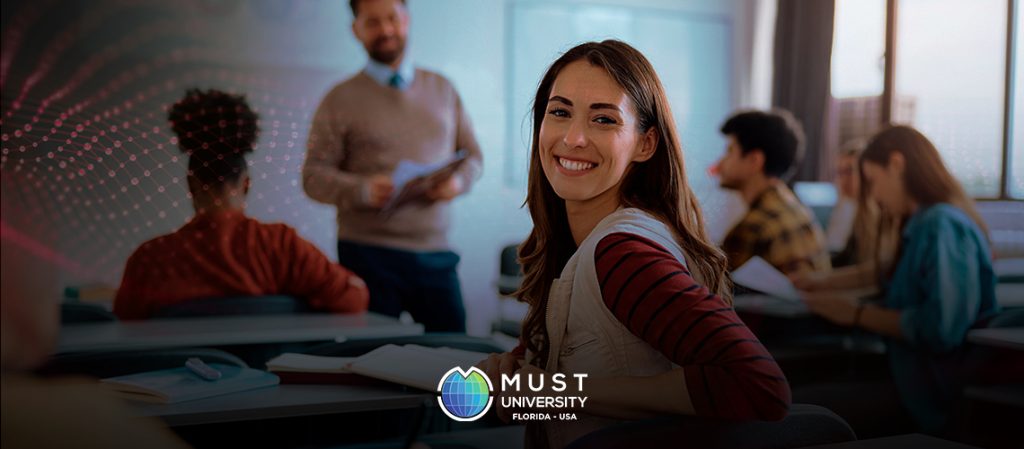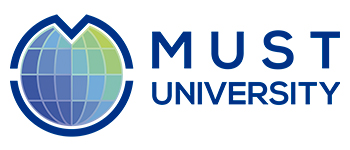The flipped classroom proposes a new dynamic, in which students take on a more active role in the learning process itself
A study carried out by Patrícia Rabelo, master in Emerging Technologies in Education at MUST University and PhD student in Distance Education, under the guidance of professor Rosemary Trabold Nicácio, addresses the implementation of the flipped classroom in the educational context. The research aimed to analyze the possibilities and difficulties faced by teachers when adopting this methodology.
The flipped classroom, also known as the Flipped Classroom, represents a significant change in the traditional teaching paradigm. Instead of students receiving direct instruction in the classroom and completing assignments at home, they are encouraged to conduct prior individual study at home, using videos or other materials, and actively participate in classroom activities. This approach seeks to explore students’ curiosity, intuition and responsibility for their own learning, providing a more interactive and dynamic environment.
The bibliographic research carried out for this study covered several sources, including books, articles, theses and dissertations, which discuss both the theoretical foundations and the practical application of the flipped classroom. The structure of the study was divided into three main chapters: the first discussed the concept of the flipped classroom; the second addressed the advantages generated by its use in education; and the third investigated the challenges faced by teachers when implementing this methodology.
Among the advantages highlighted are the significant increase in students’ academic performance, as demonstrated by research that compared the results of students subjected to the flipped classroom with those who followed the traditional model. These studies indicated an increase in learning that ranged from 49% to 74%. Furthermore, the flipped classroom adapts better to the language and rhythm of contemporary students, promotes a greater relationship between teachers and students and intensifies collaboration between the students themselves.
However, implementing the flipped classroom also presents significant challenges. One of the main ones is the need for teachers to develop additional skills, which go beyond mastering the content, such as adaptability to the group and the ability to plan, monitor and evaluate significant activities. The lack of preparation of teachers can represent an obstacle to the success of this pedagogical approach.
In short, the flipped classroom proposes a new learning dynamic, in which students take on a more active and responsible role in their own learning process. This approach shows promise, with evidence of significant gains in terms of academic performance and student engagement. However, its successful implementation requires a concerted effort on the part of educators to overcome the associated challenges and make the most of the opportunities offered by this innovative methodology.
To read the full research, access MUST Reviews, Volume VIII, starting on page 477.
Read also: Female Leadership in Organizations: Challenges and Perspectives
About the authors:
PhD student in Distance Education and e-Learning (University of Minho). Master in Emerging Technologies in Education (MUST University). Graduated in Social Communication (University of Fortaleza). Currently, he works as an audiovisual scriptwriter.
PhD in Education from the São Paulo State University “Julio de Mesquita Filho” (UNESP/Marília). Master in Education, History, Politics and Society from the Pontifical Catholic University (PUC/SP). Currently, she works as advisor for the master’s degree in Emerging Technologies in Education at MUST University.




